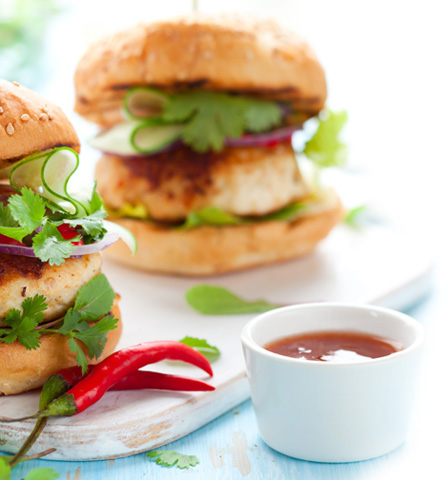More Specifics on Hot and Cold Composting
For those of you who read our post on composting back in August (click here to read) – we discussed how to start hot and cold compost piles. Here is some more information and details about that process.

Hot Composting
When starting a hot compost pile, it is a good idea to have all the organic matter at hand to start it off properly. Then, more can slowly be added on over time. Referring to the term “hot” compost, the goal is to create a pile warm in temperature. To do so, there must be the perfect carbon to nitrogen ratio. This would be 25 carbon to one nitrogen. Some carbon materials that are rich in carbon may include but are not limited to, shredded paper, small twigs, dry leaves, straw, or dry corn stalks. Meanwhile nitrogen rich ingredients are more moist products. Such as grass clippings, farm animal manure, trimmings of garden plants, coffee grounds, tea bags, weeds, or fruit and vegetable scraps or peels. When maintaining this pile and keeping its warmth, it must be turned regularly. The goal is to keep temperatures at 130 to 140 degrees Fahrenheit. On top of maintaining temperatures, moisture is also essential. The pile should have a sponge consistency. If you ever find the pile to be too dry, running a hose over it will help moisten it. Or if the pile becomes too wet, adding a high carbon material such as shredded paper will ensure levels to even out.
Cold Composting
Cold composting is a much quicker process that does not require as much maintenance or monitoring compared to hot compost. It is a great way to ease into the world of composting for beginners and learn the basics before advancing to a hot compost pile. Cold compost is created in a bin and materials that can be used include fruits and vegetables, nuts and seeds, hair and fur, grains, beans, lentils, eggshells, leaf and grass clippings, yard waste, and coffee grounds. When mixing the materials, typically two cups of nitrogen rich material and six cups of carbon rich material will start off one bin. A great way to tell the difference between material is color. Nitrogen rich materials are often green while carbon rich is brown.

